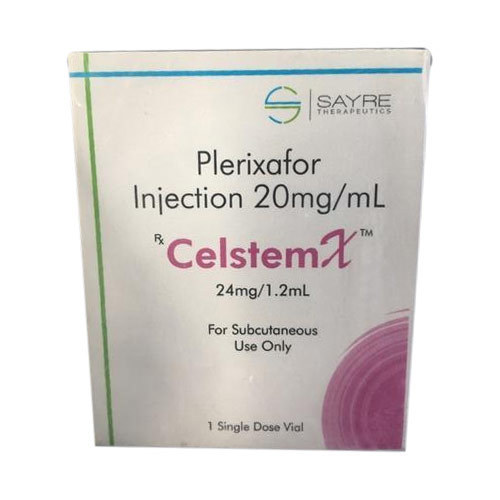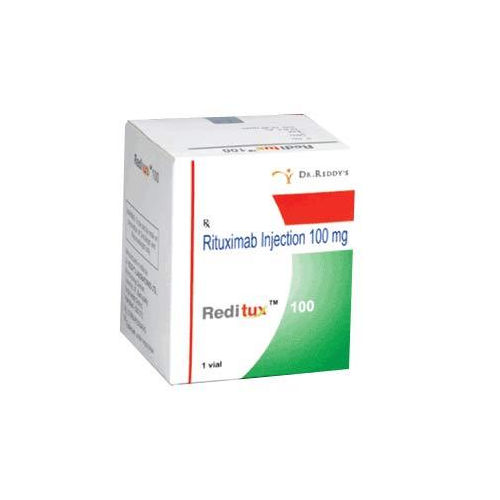
PLERIXAFOR Injection
Product Details:
PLERIXAFOR Injection Price And Quantity
- 1 Pack
- 350.00 - 400.00 USD ($)/Pack
PLERIXAFOR Injection Trade Information
- Mumbai
- 10000 Pack Per Day
- 1 Days
- Sample costs shipping and taxes has to be paid by the buyer
- AS PER ON PACK
- North America South America Eastern Europe Western Europe Middle East Asia Australia Central America Africa
- All India
- AS PER COMPANY
Product Description
Hematopoietic stem cells (HSCs) from the bone marrow are released into the bloodstream by the medicine plerixafor injection and granulocyte-colony stimulating factor (G-CSF) for collection and later autologous transplantation. It functions by inhibiting the CXCR4 receptor, which makes it simpler to remove HSCs from the circulation by facilitating their release from the bone marrow. When autologous stem cell transplantation is used as a therapy option for individuals with multiple myeloma or non-Hodgkin lymphoma, plerixafor is frequently prescribed. Potential negative effects of the injection, which is given under medical supervision, may include nausea, diarrhoea, lethargy, and headache. Throughout the mobilisation and transplantation processes, patients should be closely watched.
The Following are some Uses and Negative Effects of Plerixafor Injection:
Uses:
Hematopoietic stem cells (HSCs) from the bone marrow are released into the bloodstream by plerixafor injection in conjunction with granulocyte-colony stimulating factor (G-CSF) for collection and later autologous transplantation. After receiving high-dose chemotherapy, a patient's own HSCs are harvested and then infused back into their bodies as part of an autologous stem cell transplant. When autologous stem cell transplantation is used as a therapy option for individuals with multiple myeloma or non-Hodgkin lymphoma, plerixafor is frequently prescribed.
Plerixafor may have a number of adverse effects, whose severity varies from person to person. Typical negative consequences could be:
- Nausea
- Diarrhea
- Exhaustion
- Headaches, and
- Adverse injection site reactions
- Dizziness
Although they are uncommon, severe side effects can happen. Any odd symptoms or adverse effects must be reported right once to a healthcare professional.
Plerixafor should only be taken as prescribed by a doctor, just like any other drug. Healthcare professionals will closely monitor patients during the mobilisation and transplantation process because individual reactions to treatment can differ. Consult a healthcare professional or refer to up-to-date medical sources for the most recent information.
Other Products in 'Anti Cancer Injection' category
 |
MEHADIA TRADELINKS
All Rights Reserved.(Terms of Use) Developed and Managed by Infocom Network Private Limited. |

 English
English Spanish
Spanish French
French German
German Italian
Italian Chinese (Simplified)
Chinese (Simplified) Japanese
Japanese Korean
Korean Arabic
Arabic Portuguese
Portuguese




 Call Me Free
Call Me Free